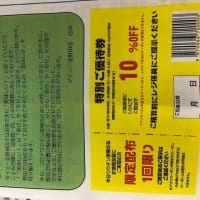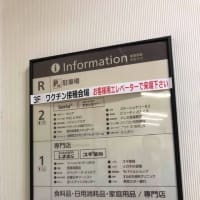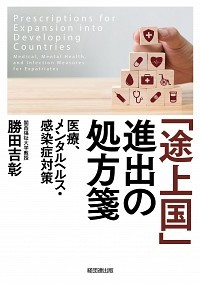米国CDCが抗インフル薬使用のガイドライン発表。
- H7N9感染が疑われたら、検査結果確定前でも躊躇なくタミフル開始を。たとえ発症から48時間過ぎていようとも、可及的速やかに投与開始を。
- 入院例については全例タミフル投与を。外来通院例については、季節性インフルエンザよりもアグレッシブに投与を。H7N9の疑い例、可能性例、確定例については、基礎疾患の有無にかかわらず、タミフル投与を。
- 初版では、濃厚接触者に対する予防投与について言及していないが、この点についても検討中。
中国の公式発表例で、抗インフル薬投与開始が遅れて、予後悪となっているケースが相次いでいることも念頭にあるのでしょう。季節性インフルエンザよりもアグレッシブにタミフルを!と。
ソースはCIDRAP
http://www.cidrap.umn.edu/cidrap/content/influenza/avianflu/news/apr1813h7n9.html
CDC HP
http://www.cdc.gov/flu/avianflu/h7n9-antiviral-treatment.htm
Interim Guidance on the Use of Antiviral Agents for Treatment of Human Infections with Avian Influenza A (H7N9)
以下、いくつかかいつまんで本文コピペ。
treatment with oseltamivir or inhaled zanamivir should be initiated when confirmed cases, probable cases, or H7N9 cases under investigation are recognized, even if more than 48 hours from illness onset and even for apparently uncomplicated illness.
Laboratory testing and initiation of antiviral treatment should occur simultaneously;
For outpatients with uncomplicated disease in whom fever is absent and symptoms are nearly resolved, decisions to initiate antiviral treatment should be based on clinical judgment.
- Inhaled zanamivir is not recommended for persons with underlying airway disease (e.g., asthma or chronic obstructive pulmonary disease).
- Recommended duration of treatment for uncomplicated illness is 5 days.
Although oseltamivir is well absorbed in critically ill patients [36, 37], for patients who cannot tolerate or absorb oral oseltamivir because of suspected or known gastric stasis, malabsorption, or gastrointestinal bleeding, intravenous (IV) zanamivir should be considered.
In the antiviral guidance released today the CDC urges clinicians to start oseltamivir (Tamiflu) treatment if an infection is suspected and not to wait for lab confirmation. Fry said antiviral treatment should start as soon as possible, even if it's beyond the 48-hour time frame when the drug has shown to be most effective.
All hospitalized patients should receive the drug, and for outpatients, the CDC advises a more aggressive approach than for seasonal flu. People who have suspected, probable, or confirmed H7N9 infections should be treated with oseltamivir, regardless of whether they have underlying medical conditions.
The early recommendations don't address prophylaxis in contacts, but Fry said the CDC is working on guidance. She advised clinicians who identify close contacts of patients to contact the CDC, which will walk them through the process.


























